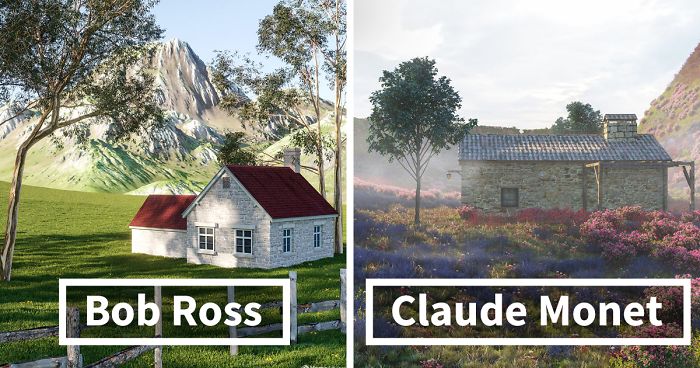
8 Buildings From Famous Paintings Come To Life In These Real-Life Renderings By A Real Estate Agency
Designing your new home can be both exciting and tiring as we all want our home to be unique and also practical. With that in mind, HomeAdvisor did a new collaboration with NeoMam Studios to show people that inspiration for architectural design can actually be found anywhere—even in classic paintings.
In their new Atelier series, they picked eight old buildings in famous paintings, studied their architecture, and imagined how they would look in the modern world. This is how eight real-life renderings of famous buildings from paintings were born! This series invites us to take a glimpse into the past by seeing how famous artists viewed the architecture of their time and wonder how their vision may be recreated today.
Every artist in this series represents a different style and every beautiful painting shows different historical and geographical contexts than the others. From one of the most celebrated Japanese artists of the late Edo period, Utagawa Hiroshige, to one of the most influential and famous figures of Western art, Vincent van Gogh, we invite you to study history of architecture and be inspired for your new home!
More info: homeadvisor.com
Evening Snow at Kanbara (Utagawa Hiroshige, 1833–1834)
Image credits: British Museum
From The Fifty-Three Stations of the Tōkaidō, in the Hōeidō edition (1833–1834): a series of ukiyo-e woodcut prints created by Utagawa Hiroshige after his first travel along the Tōkaidō in 1832. Deep snow covers the slope of Kanbara in the evening. Fresh flakes falling on the houses, trees, and mountains create a quiet that is broken only by the implied crunch of travelers’ footsteps in the snow. This scene is almost entirely imaginary; it rarely snows in the Kanbara area, in present-day Shizuoka Prefecture.
Utagawa Hiroshige (1797-1858) is known as the last great master in Japanese traditional woodblock printing, imbuing the Japanese landscape with a lyricism that drew upon the fleeting nature of sensual pleasure. Hiroshige’s prints memorialized everyday life in the late Edo period, in which travel and entertainment became more widely available to the middle-class, and presented a vision of the country in which the changing of the seasons, and the associated festivities, were central. This vision of Japan, heightened by Hiroshige’s lush colors and unconventional approach to composition, had widespread appeal within Japan and abroad, with European artists adopting both his bright colors and his themes, transposing his interest in the ephemeral into other settings.
New rendering
Image credits: HomeAdvisor
The Cottage (Vincent Van Gogh, 1885)
Image credits: Van Gogh Museum
From a series of paintings created by Vincent van Gogh from 1883 and 1885. This is related to the Peasant Character Studies that Van Gogh worked on during the same time period. The cottage has double front doors, a split chimney and quarters for two families. Seen in the evening light, the cottage seems peaceful. Van Gogh called the peasant homes “human nests”.
Vincent Willem van Gogh 30 March 1853 – 29 July 1890) was a dutch post-impressionist painter who is among the most famous and influential figures in the history of Western art. In just over a decade he created about 2,100 artworks, including around 860 oil paintings, most of which date from the last two years of his life. They include landscapes, still lifes, portraits, and self-portraits, and are characterized by bold colors and dramatic, impulsive and expressive brushwork that contributed to the foundations of modern art. He was not commercially successful, and his suicide at 37 came after years of mental illness and poverty.
New rendering
Image credits: HomeAdvisor
House by the Railroad (Edward Hopper, 1925)
Image credits: MoMA
A late-afternoon glow pervades Hopper’s House by the Railroad, which features a grand Victorian home, its base, and grounds obscured by the tracks of a railroad. The tracks create a visual barrier that seems to block access to the house, which is isolated in an empty landscape. The juxtaposition of the house and the railroad tracks may be read as a confrontation between the fixity of tradition and the possibility of mobility in early-twentieth-century America. At the same time, these effects evoke the quiet yet charged atmosphere that would become a hallmark of this artist’s work.
Born in 1882, Edward Hopper trained as an illustrator and devoted much of his early career to advertising and etchings. Influenced by the Ashcan School and taking up residence in New York City, Hopper began to paint the commonplaces of urban life with still, anonymous figures, and compositions that evoke a sense of loneliness.
New rendering
Image credits: HomeAdvisor
Houses At Falaise In The Fog (Claude Monet, 1885)
Image credits: Fine Art America
The painting is a classic example of Monet’s impressionist style. Monet and his fellow Impressionists sought to depict life in a style that was unlike anything before. The style of Impressionism meant that color and the light that created it were at the forefront of the image. Human figures and epic tales took a back seat and the manner in which the sun or the moon bathed objects in different types of light were of key importance.
Claude Monet also known as Oscar-Claude Monet or Claude Oscar Monet (1840-1926) was a founder of French impressionist painting, and the most consistent and prolific practitioner of the movement’s philosophy of expressing one’s perceptions before nature, especially as applied to Plein-air landscape painting. The term Impressionism is derived from the title of his painting Impression, Sunrise.
New rendering
Image credits: HomeAdvisor
Little House by the Road (Bob Ross, 1986)
Image credits: Two Inch Brush
Ross painted Little House by the Road in season 9, episode 8 of The Joy of Painting. Little is known about the painting. However, Ross made 3 near-exact copies of each of his paintings per episode. Most of his paintings were donated to PBS stations across the country.
Bob Ross (1942-1995) was the long-time host of a popular TV program The Joy of Painting. As a TV painting instructor, Ross became known for his light humor and gentle demeanor, as well as his ability to complete a painting in 30 minutes.
New rendering
Image credits: HomeAdvisor
Taos Storytellers (R. C. Gorman, 1993)
Image credits: tutsplus
The painting is a good example of one of Gorman’s many studies of Navajo women. He portrayed them as archetypes; as monumental, nurturing “earth mothers.” In his paintings, Gorman grouped women in conventional poses or portrayed them in domestic pursuits, ranging from stolid affirmations to revelations of inner beauty and grace.
Rudolph Carl Gorman (1931–2005) was a Navajo painter born in Chinle, Arizona. Gorman has been hailed as “the Picasso of Southwestern Art” or “the Picasso of American Indian art.” He, like many children, drew from an early age. He was encouraged to develop his interest in art, which eventually led to a scholarship to the Mexico City College from the Navajo Tribal Council.
New rendering
Image credits: HomeAdvisor
Palmeiras (Tarsila do Amaral, 1925)
Image credits: Saint Amant Art History
The painting is a good example of the artist’s signature style of sensuous, vibrant landscapes and everyday scenes. Her work blends local Brazilian content with international avant-garde aesthetics.
Tarsila do Amaral, known simply as Tarsila, is considered one of the leading Latin American modernist artists. She was a member of the Grupo dos Cinco, which was a group of five Brazilian artists who are considered to be the greatest influence in the modern art movement in Brazil. The other members were Anita Malfatti, Menotti Del Picchia, Mário de Andrade, and Oswald de Andrade. Tarsila was also instrumental in the formation of the Antropofagia Movement, 1928-1929, and it was she who inspired Oswald de Andrade’s Cannibal Manifesto.
New rendering
Image credits: HomeAdvisor
Hungarian Village Church (Amrita Sher-Gil, 1932)
Image credits: Christie’s
It was painted during the artist‘s summer holidays in Zebegény, a village on the Danube about 40 km from Budapest. Sher-Gil captures the church in ways reminiscent of Van Gogh’s old church tower in Nuenen with its distilling of the Gothic and traditional Dutch painting in the countryside. The spare elements of the church may have testified to a romanticized notion of a peasant faith. The foliage on the left side of the painting and the simple cross on the left-hand tower of the Catholic Church are emphasized in a few strokes by the artist.
Amrita Sher-Gil, Sher-Gil also spelled Shergil, (1913-1941), is a painter who was one of the pioneers of the modern movement in Indian art. She has been called “one of the greatest avant-garde women artists of the early 20th century” and a “pioneer” in modern Indian art. The reason for her death at 28 has never been ascertained.
New rendering
Image credits: HomeAdvisor
5Kviews
Share on Facebook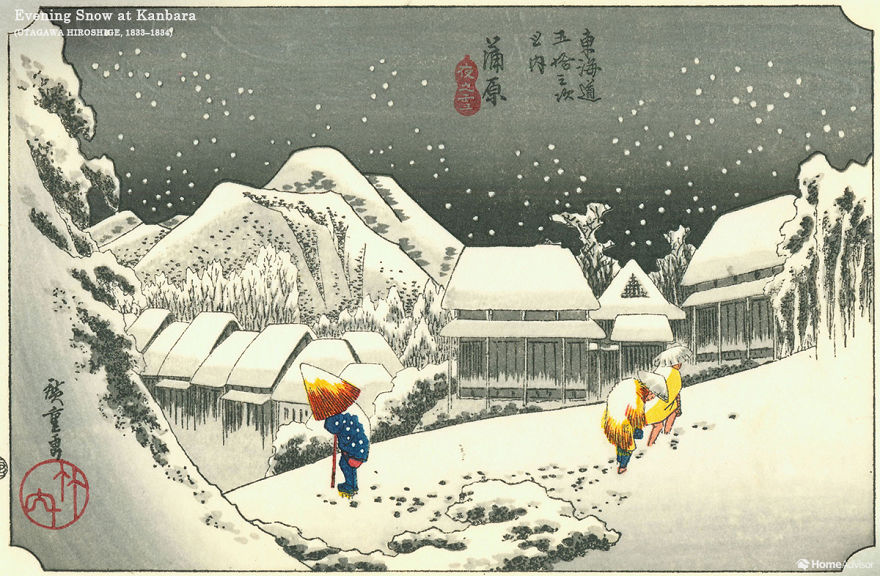
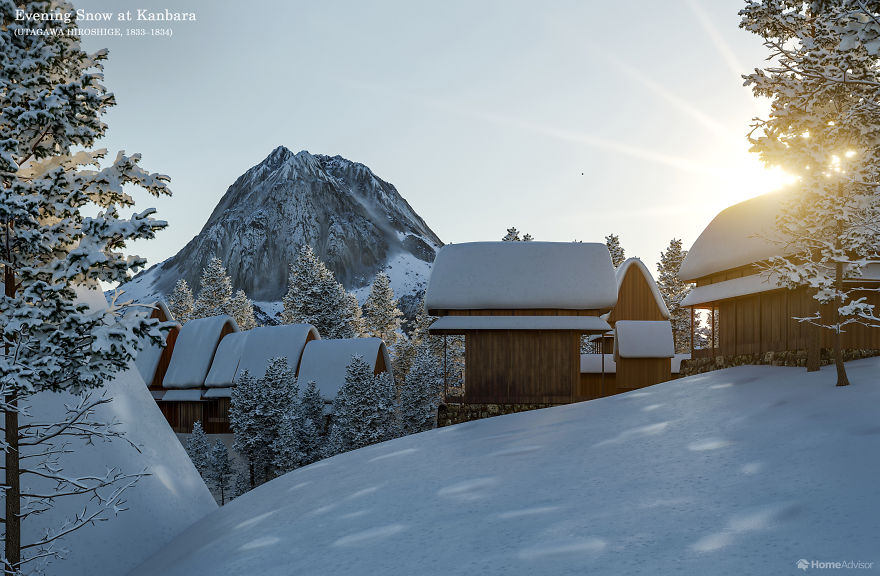
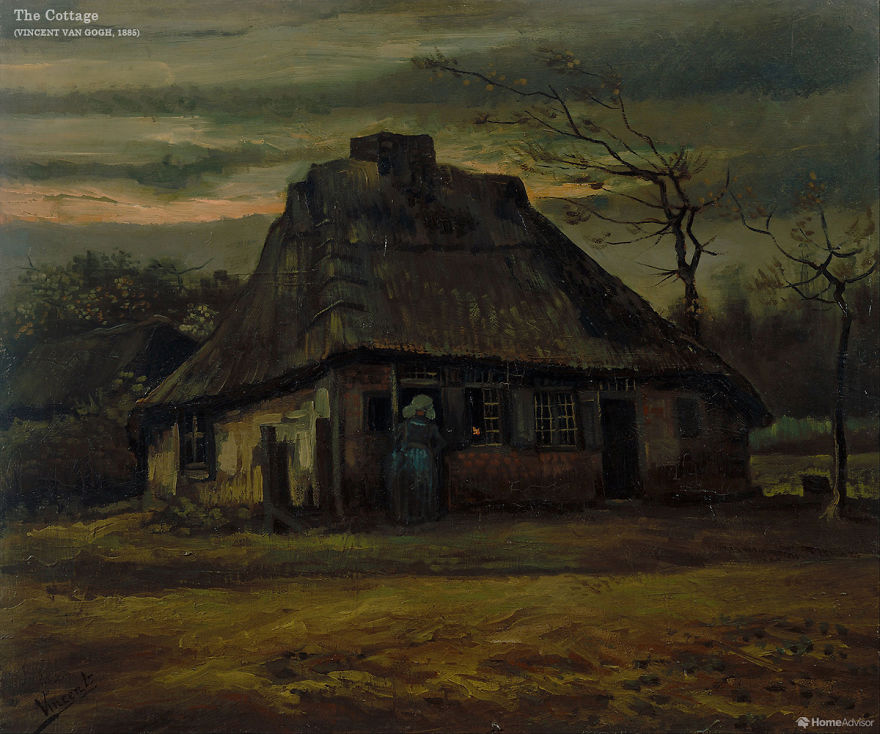
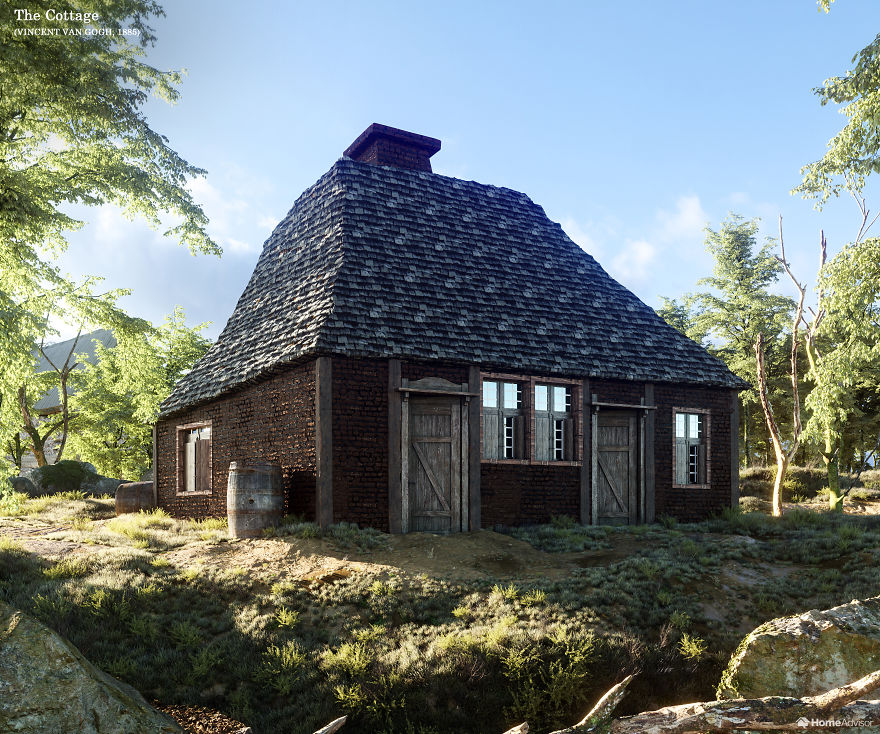
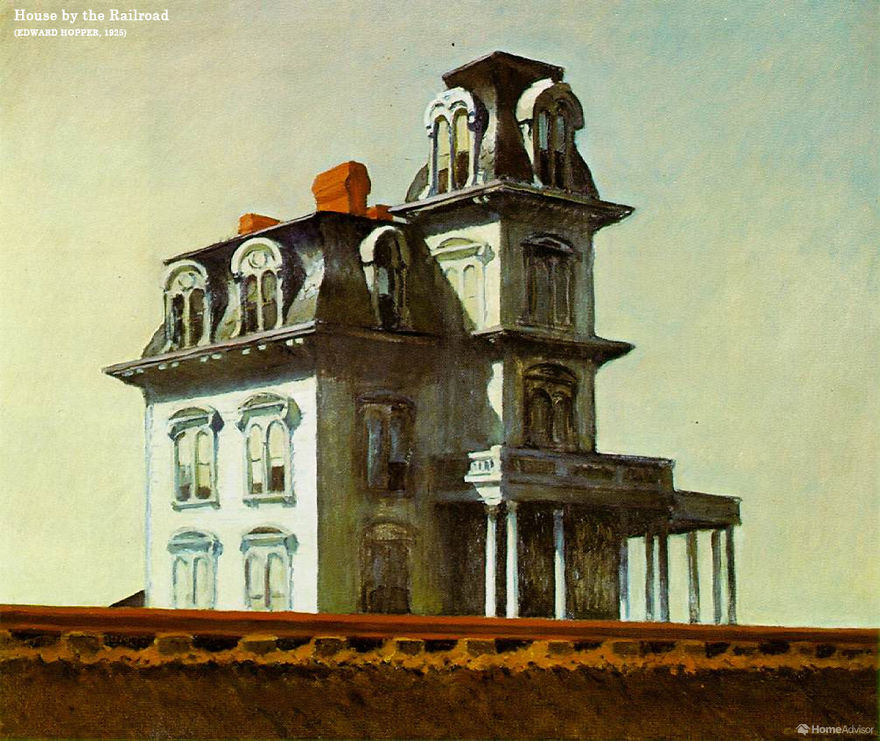
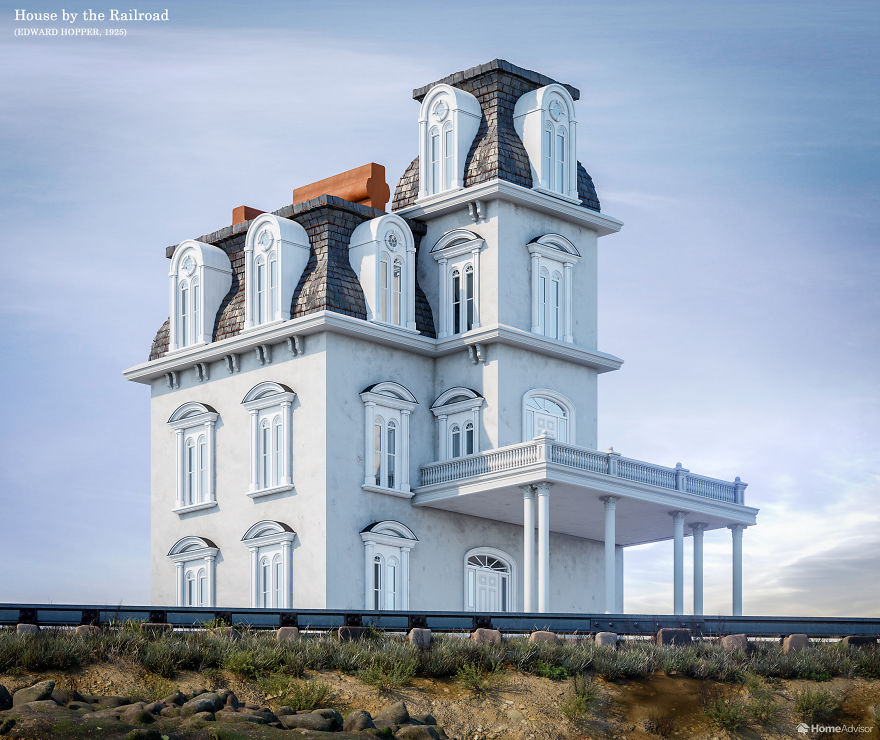
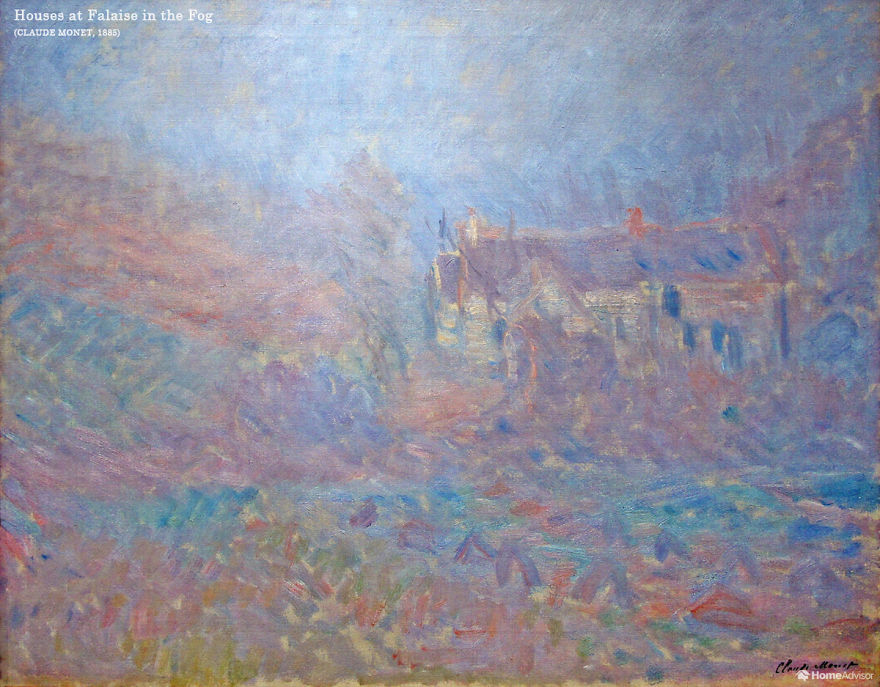
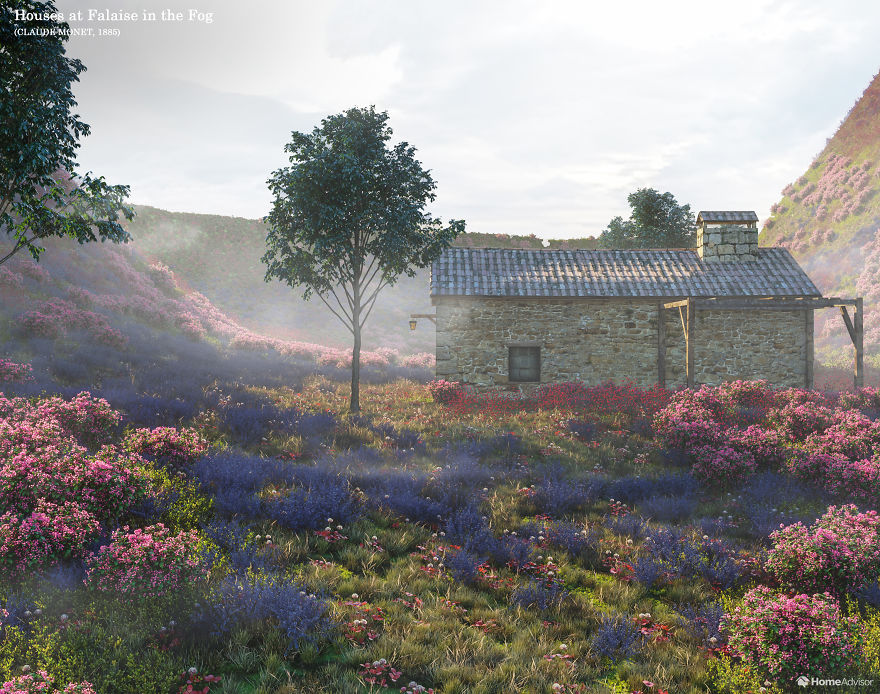
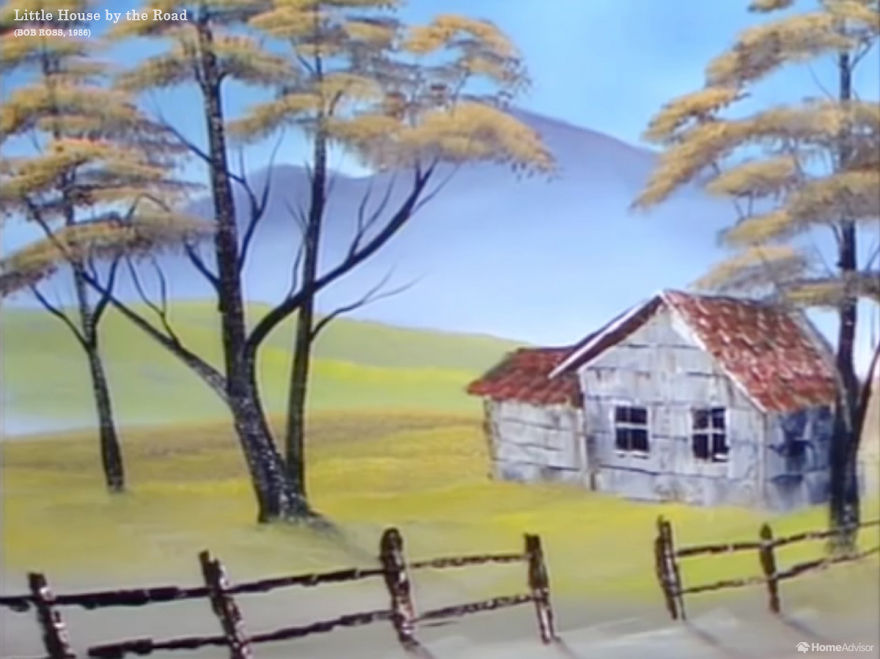
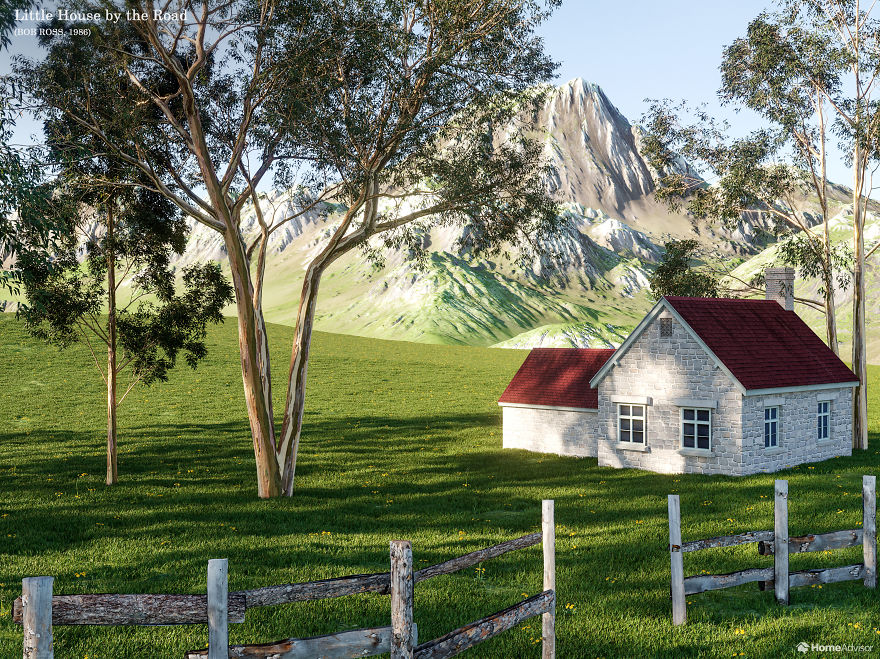
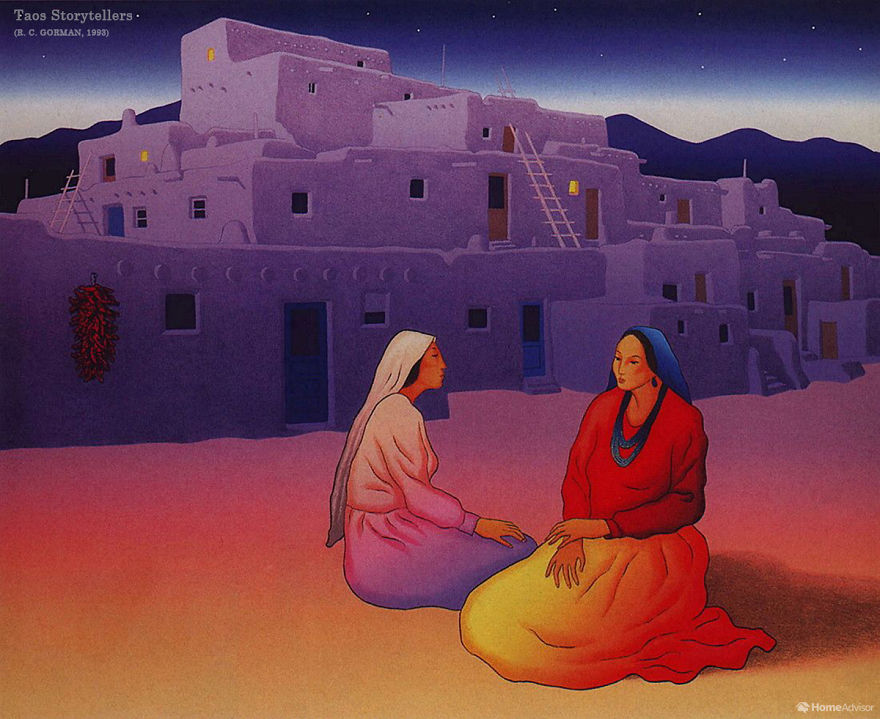
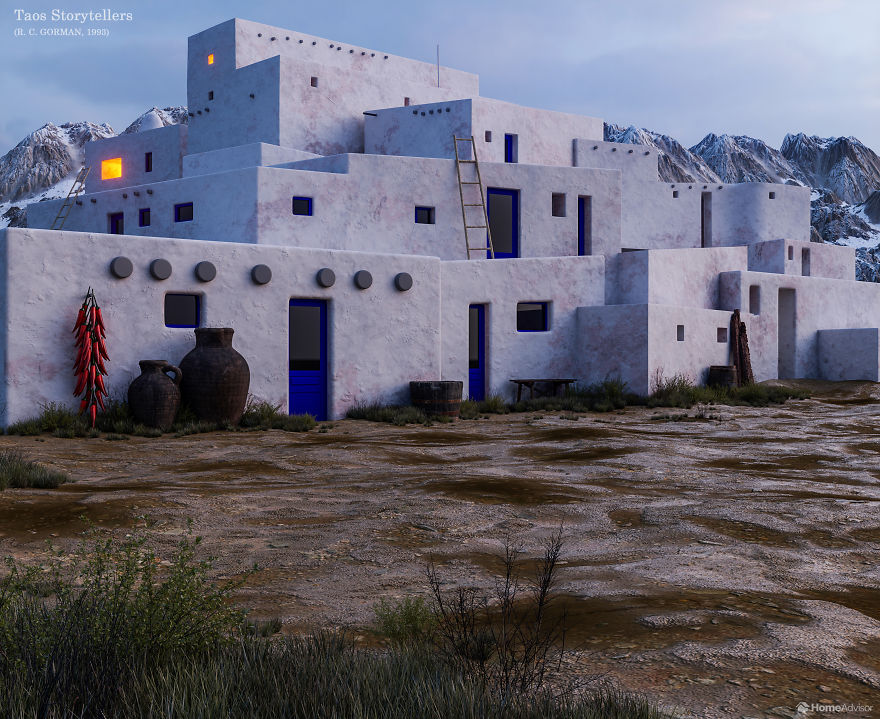
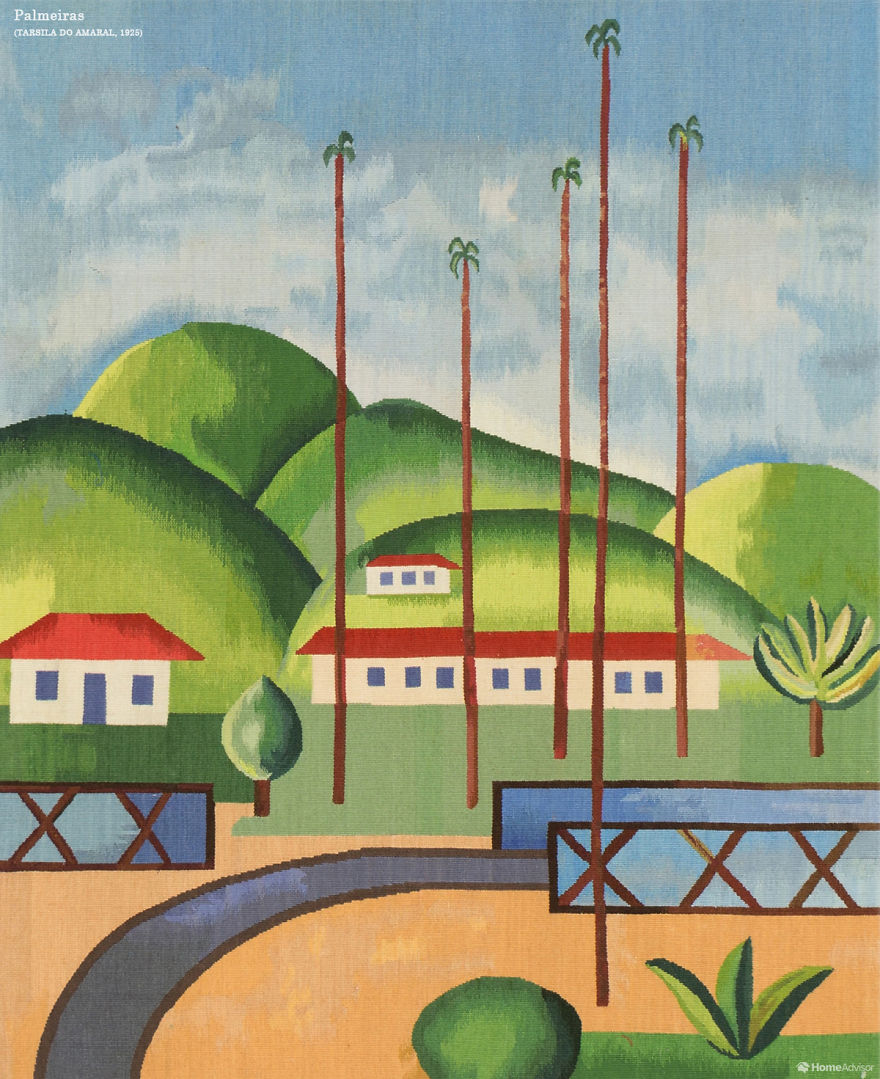
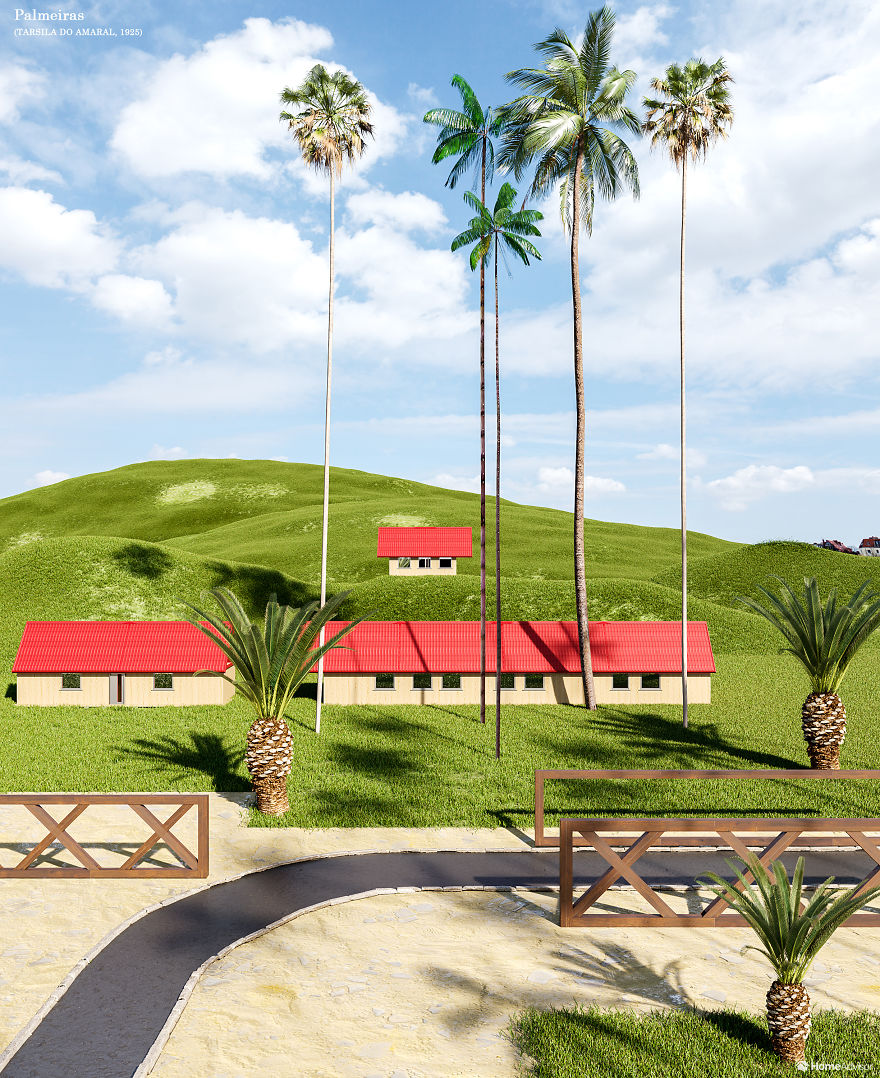
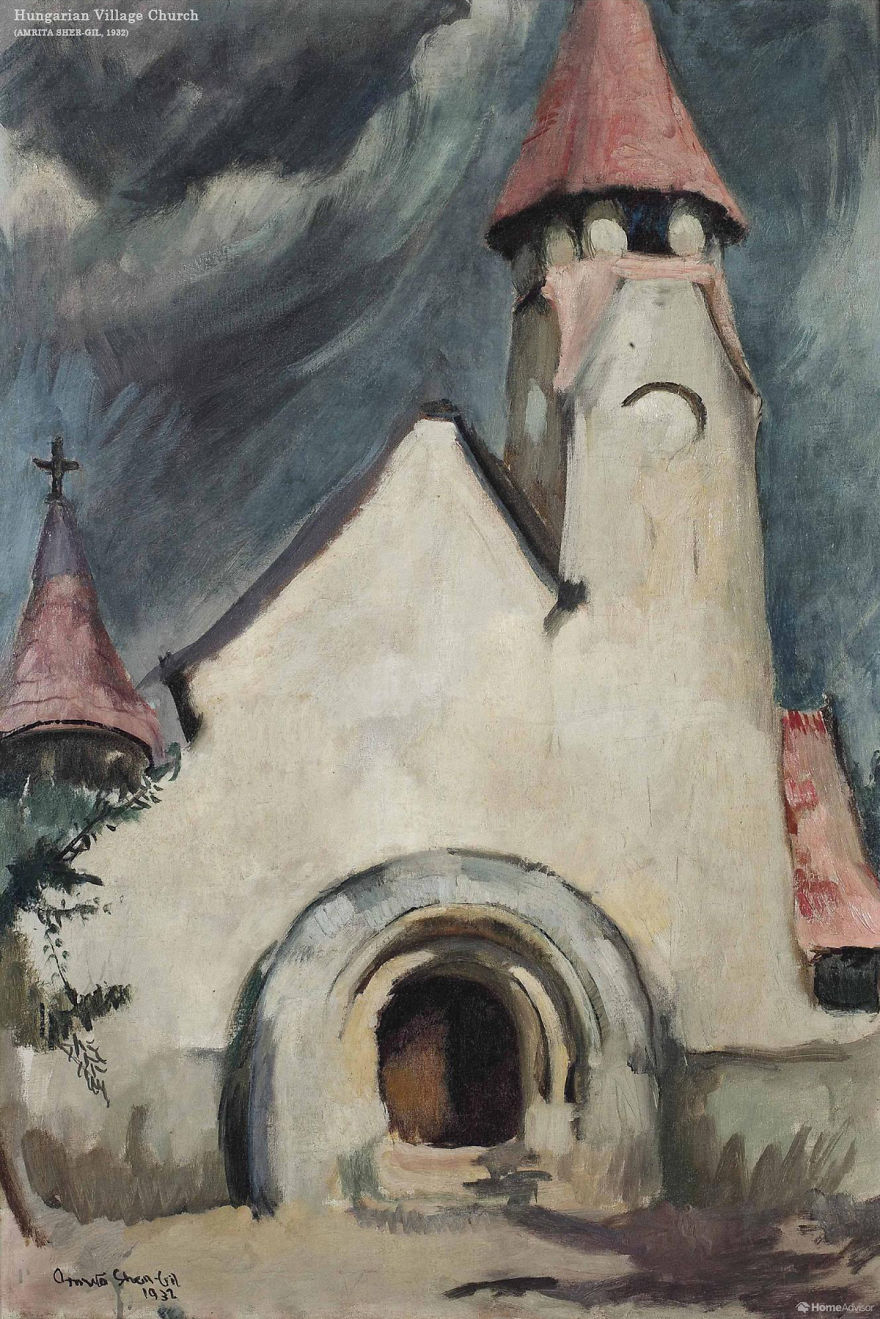
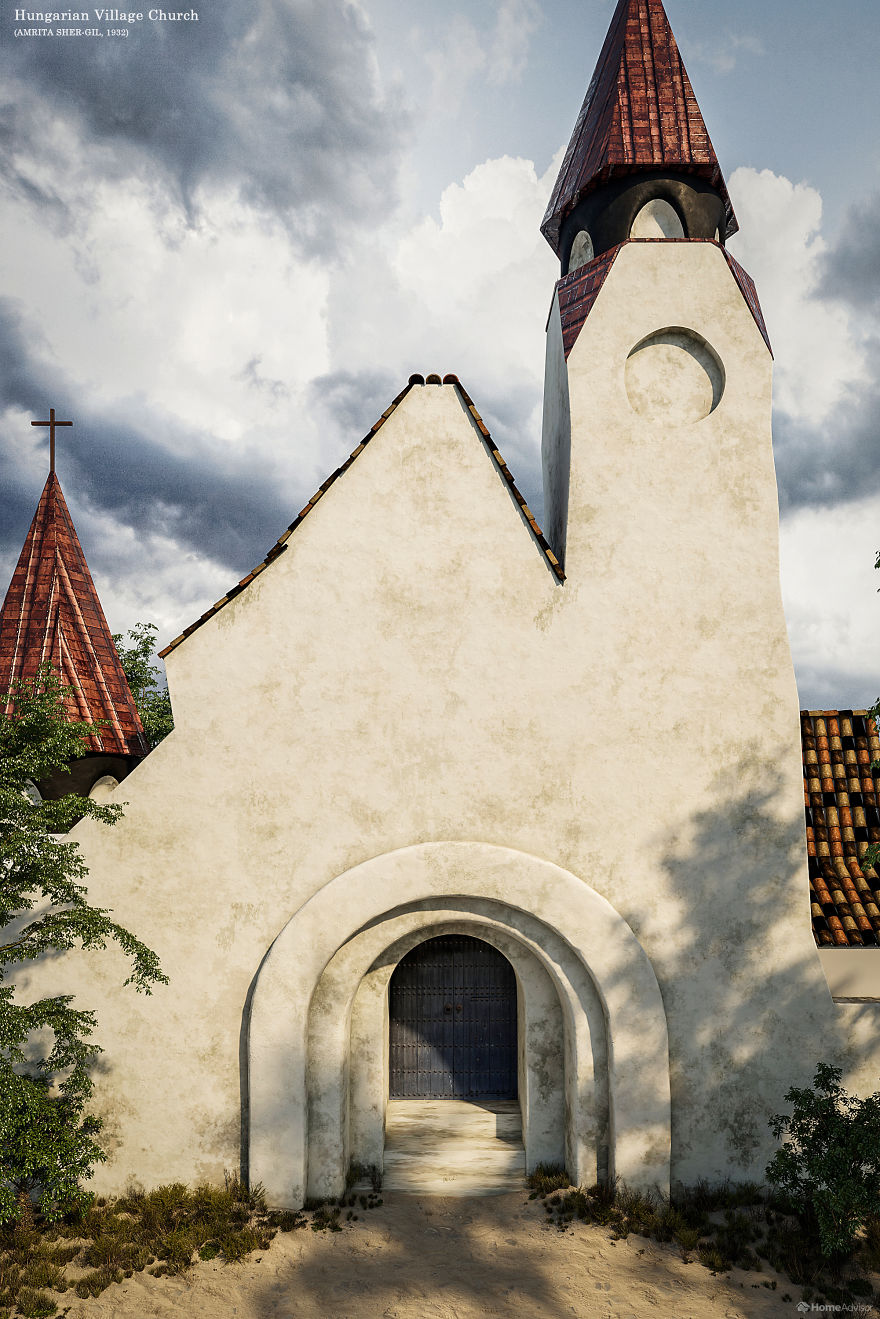




73
24